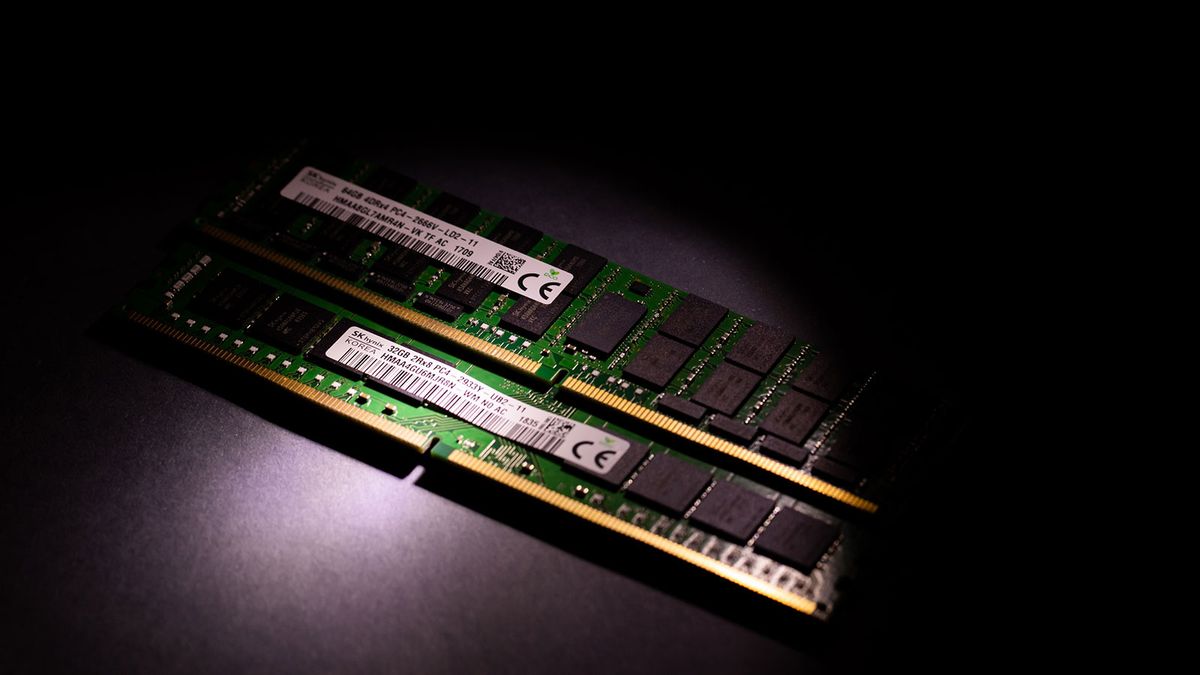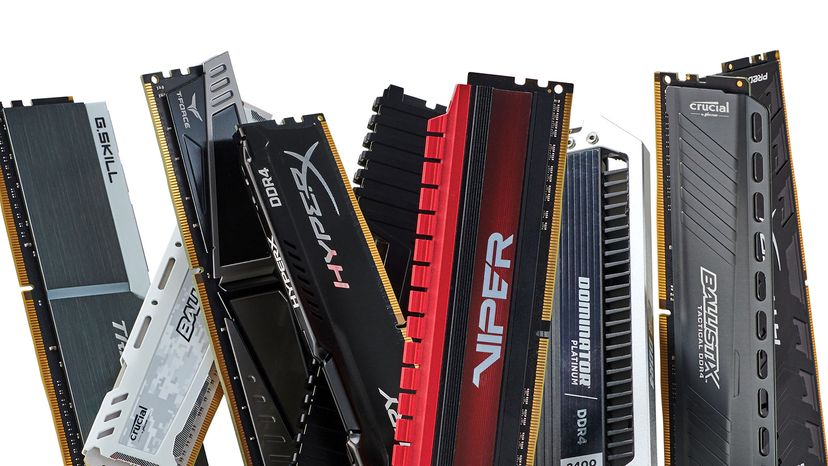

Upgrading your computer’s random-access memory, or RAM, is one of the most straightforward and effective ways to boost its performance.
However, the process requires a bit of knowledge to pull off correctly. Here are some key tips to help you add RAM to your computing device and ensure better performance.
1. Assess Your Needs
Before purchasing additional memory, consider how much RAM you currently have and how much memory you actually need. Modern applications, especially high-end gaming and video editing software, may require substantial amounts of RAM.
Check your system’s performance through your Task Manager (on a PC) or system monitor to see if your current memory usage often reaches its limit. For just gaming or general use, the amount of RAM required can differ greatly.
2. Check the Compatibility
Your motherboard dictates what type of RAM you can install. Check whether it supports synchronous dynamic RAM (SDRAM), double data rate (DDR), or other specific types like static RAM (SRAM) or dynamic RAM (DRAM).
Also, ensure that the clock speeds of the new RAM modules are compatible with your motherboard. Using RAM that supports higher speeds than your system can lead to wasted potential. The memory will only operate at the maximum speed the motherboard supports.
3. Choose the Right Type
Understanding the differences between the various types of RAM is important. For most users, dynamic random-access memory will suffice, but tasks that require quick access to stored data, like professional photo editing or 3-D rendering, might benefit from the faster access speeds of static random-access memory or video random access memory.
If your computer uses dual-channel memory configuration, it’s best to install RAM in pairs for optimized performance.
4. Determine the RAM Capacity
Motherboards have limited slots for RAM modules, and installing more RAM than your system can handle won’t improve your computer’s performance. Review your motherboard’s documentation or the manufacturer’s website to find out how much RAM you can add before you reach the maximum memory capacity.
It’s also a good idea to check whether there are any specific requirements for the memory’s configuration (like installing it in pairs for dual-channel performance).
5. Install With Care
When you’re ready to install new RAM, first ensure your computer is turned off and unplugged. Ground yourself to avoid static electricity damage to the RAM modules or other internal components.
Open your computer case and locate the RAM slots. Remove any existing RAM if necessary, being mindful of the clips that hold the memory in place. Align the new modules with the slot, ensuring the notch on the pin matches the slot, and press firmly until the clips lock the RAM in place.
6. Upgrade in Stages
If you’re unsure about how much memory you need, or if you’re on a budget, consider upgrading in stages. Start with a small increase in RAM to see how noticeable the performance improvements are.
A gradual upgrade can be particularly helpful in systems where memory upgrades do not linearly translate into better performance due to other bottlenecks in the system, such as the processor or graphics card. Do some research to determine if and when those other components will also require upgrades.
7. Optimize Your Operating System
After installing the new RAM, update your operating system to ensure it recognizes the new memory. Modern operating systems like Windows or macOS automatically detect and configure new RAM, but checking for the latest updates can prevent any potential issues.
Additionally, tweaking your operating system’s settings for how it handles virtual memory can also help optimize the performance gains from your new RAM.
8. Monitor and Adjust
Post-upgrade, monitor your system’s performance to ensure the new RAM is functioning correctly. On a PC, you can use the Task Manager to track its RAM usage and check for any potential issues; on a Mac, select “About This Mac” from the Apple menu.
Frequent swapping of data to the hard disk will indicate that you need yet more RAM. Regularly clearing junk files and managing startup programs can also help maximize the performance of your newly upgraded memory.
We created this article in conjunction with AI technology, then made sure it was fact-checked and edited by a HowStuffWorks editor.






